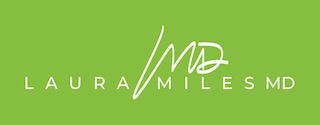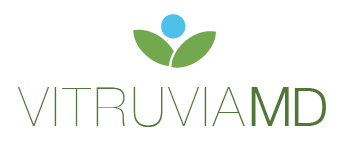Coronavirus, COVID-19, is creating a world-wide scare. The coronaviruses are a family of viruses that are common in different species of animals like camels, cattle, cats and bats. These viruses can rarely infect humans and then spread between people. Past viruses have included MERS and SARS. The COVID-19 is one of these viruses.
The COVID-19 was first detected in Wuhan, China that has a large seafood and live animal market but has since is being spread person-to-person.
READ ON to learn more about the symptoms of coronavirus, how serious the virus is and some travel tips to reduce the risk of infection…
Symptoms of the COVID-19 vary in severity. Most people have mild symptoms but as you have heard there are severe cases that result in death. Symptoms appear in a few days of exposure or can be up to 14 days after exposure. The following symptoms appear to be the most common:
- Fever
- Cough
- Shortness of breath
Pneumonia can develop and is more likely in immunocompromised people, infants and elderly adults.
Currently, CDC is classifying people at risk as those who have had close contact with someone who has coronavirus as well as recent travel/residence in China. They are still working out how contagious this virus is.
As of February 15, 2020 there have been 1,400 deaths and almost 50,000-64,000 people infected worldwide. Authorities are predicting that there will be more cases in the coming months. There are 15 confirmed cases in the US but none are showing serious symptoms. Before you panic, let’s put these numbers into perspective. The death rate is only 2% which means 98% survive.
PREVENTION
Here are some steps to help reduce your risk of infection (really with any virus):
- Wash your hands often with soap. If you are traveling then this is the one and only time I will recommend an alcohol based hand sanitizer. (I do not recommend hand sanitizers for daily use)
- Cover your mouth and nose with your elbow or tissue when you cough (to avoid hand contact)
- Avoid touching your eyes, nose and mouth if your hands aren’t clean
- Avoid contact with anyone who is sick
- Clean and disinfect surfaces you touch often
Should you wear a mask? Currently, the CDC is not recommending wearing a mask unless you are taking care of someone with the virus or a healthcare provider has told you to wear one. That being said, if you are traveling to higher risk areas and want to have a mask in case there is someone you are concerned is sick on the plane then choose a mask that has a N95 filtering system.
I also have to mention immune boosting before and after travel because it just makes sense. Here are a few suggestions…
- High dose vitamin D 50,000 for three days in a row (do not continue longer than this to avoid toxicity)
- Vitamin C 1000-2000 mg daily
- Andrographis: We use Andrographis by Metagenics and take it every two hours for one day to boost your system then twice a day for the next few days
- IV nutrients: higher dose IV vitamin C (15-25 grams) combined with powerhouse B vitamins may help. Personally, I have found these IV’s to be very useful when I travel!
- Mushroom extracts: mushrooms boost the immune system. ImmuCore by Metagenics is a good one to reach for and do this for one month and then stop.
To your health,
Laura









